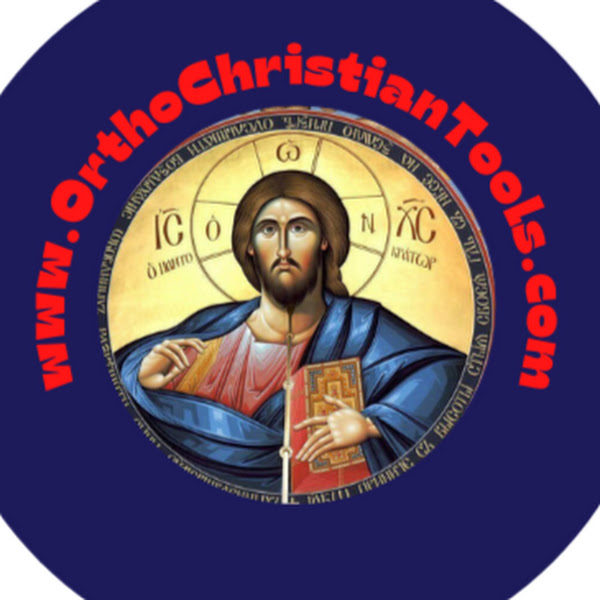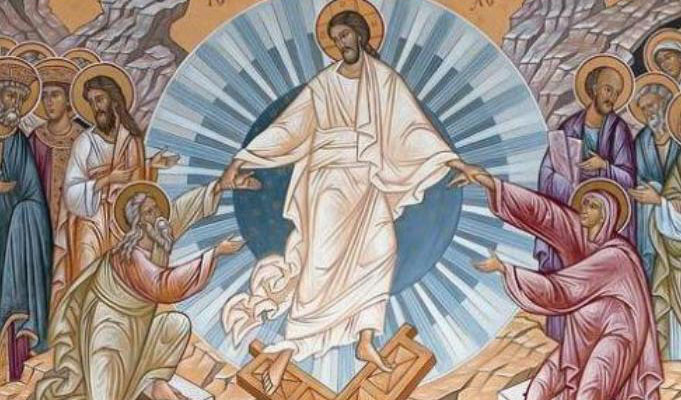For Orthodox Christians, the joy of Pascha—also known as Easter—doesn’t conclude on Sunday. In fact, it’s just the beginning. Enter Bright Week (Greek: Διακαινήσιμος Εβδομάδα, Diakainisimos Evdomada)—an entire week dedicated to celebrating the Resurrection of our Lord and Savior Jesus Christ. Spanning from Pascha Sunday to the Sunday of St. Thomas, Bright Week bursts forth as a spiritual springtime, renewing not just hearts, but the entire cosmos.
A Week Like No Other
In the Eastern Orthodox tradition, Bright Week is unlike any other time of the year. It is a liturgical and spiritual feast, where fasting is completely forbidden and joy is not only encouraged but expected. During this week, Orthodox faithful greet each other with the exclamation, “Christ is risen!”—to which the heartfelt response comes: “Indeed, He is risen!” or “Truly, He is risen!”
This exchange is more than ritual—it is a declaration that the world has changed. Christ has conquered death. The tomb is empty. Life has triumphed.
Symbolism and Liturgy: An Open Heaven
Throughout Bright Week, the Royal Doors of the iconostasis remain open during services. This is deeply symbolic: the open doors represent the open tomb of Christ and the torn veil of the Jewish temple. Heaven has been thrown wide open to humanity. Death has been shattered. The gates of paradise are no longer shut.
Liturgically, the entire week is treated as one continuous, radiant day. The hymns of Pascha are repeated with gladness, and the tone is unmistakably victorious. Every Orthodox Christian is invited to walk in this light and to dwell in the joy of the Resurrection.

“Bright” Doesn’t Mean Easy
C.S. Lewis once wrote in his sermon The Weight of Glory:
“Meanwhile the cross comes before the crown and tomorrow is a Monday morning… A cleft has opened in the pitiless walls of the world, and we are invited to follow our great Captain inside.”
This quote speaks to the strange, glorious tension of Bright Week. We celebrate victory, but we are still in the world—a world that often feels anything but “bright.” Still, we walk through Monday morning and beyond with the hope of the Resurrection burning in our hearts.
The women at the tomb were seized by trembling and astonishment (Mark 16). They said nothing at first because they were overwhelmed. Who wouldn’t be? Christ’s Resurrection is a world-shaking event—it is the end of the world’s rule over us and the beginning of His Kingdom breaking in.
The Risen and Crucified Lord
When the angel speaks to the women, he says, “You seek Jesus of Nazareth, who was crucified. He is risen!” The verb used in the Greek doesn’t merely reference a past event; it implies a continuing state. Jesus remains the Crucified One, even in His glorified Resurrection. His wounds are not erased but glorified. They are our healing.
As Isaiah prophesied,
“By His wounds, we are healed.” (Isaiah 53:5)
And so, we too are called to look to those wounds in our sorrow, pain, and need. Only the Crucified and Risen Christ can truly heal our hearts, minds, and souls.
Bright Monday: Honoring the Theotokos
Bright Week also includes special commemorations. Bright Monday, in particular, is dedicated to the Sweet-Kissing Icon (Glykophilousa) of the Most Holy Theotokos. This deeply beloved icon, similar in spirit to the Iveron Icon, was saved from destruction by a devout woman during the iconoclast controversies of the 9th century.
According to tradition, the icon miraculously traveled by sea and arrived at Mt. Athos, where it was received by the Monastery of Philotheou. Over time, many miracles were attributed to it—among them, the remarkable conversion of a skeptical pilgrim who was saved from a deadly fall after crying out to the Theotokos in desperation.
The Glykophilousa is part of the Eleusa (Tenderness) type of iconography, portraying the Virgin Mary kissing the Christ Child, who appears to resist the embrace. It is a powerful image of divine love and human response—a visual reminder of the closeness of God and the mystery of the Incarnation.
Even Funerals in Light
Even the sorrow of death is transfigured during Bright Week. If a funeral is needed during this time, the service follows the joyous pattern of Paschal Matins, with only a few funeral hymns added. It is believed that Orthodox Christians who die in penitence during this week are especially blessed, released from their sins and embraced into the Kingdom of Heaven.
Conclusion: A Season, Not Just a Day
Just like Christmas, Easter is not merely a day—it is a season. Bright Week marks the thrilling kickoff to the 50 days of Pascha, culminating in Pentecost. It is a call to live in the light of the Resurrection, not only for one week, but every day.
So as you step into this world again—into your Mondays, your routines, your challenges—remember this:
He is risen!
He is risen, indeed. Alleluia!
Let your life echo the joy of the empty tomb, and may you follow the great Captain through the cleft in the pitiless wall of the world, into the freedom of eternal life.

